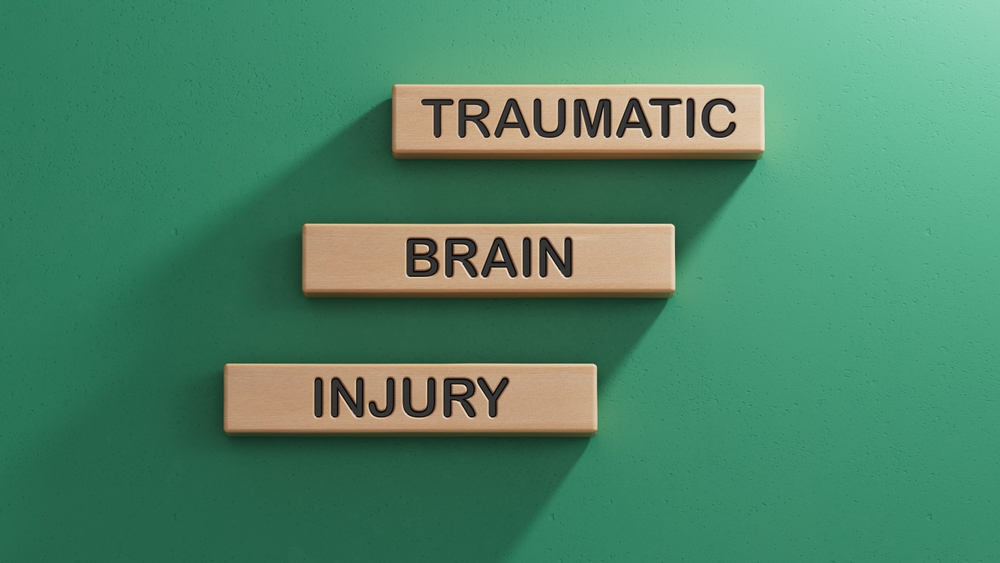Mild traumatic brain injury (mTBI), commonly known as a concussion, is often misunderstood. Because the term “mild” is used, many people underestimate its potential seriousness. This leads to numerous misconceptions and myths about traumatic brain injury that can prevent individuals from seeking proper care. Separating the myths and facts about mild traumatic brain injury is essential for promoting safe recovery and long-term brain health. This guide will debunk common myths and provide clear, factual information about mTBI. Reach out today to learn more about how we can help you enhance your golden years.
Common Myths and Facts About Mild Traumatic Brain Injury
Misinformation about concussions can be dangerous. Understanding the reality of these injuries ensures that they are treated with the seriousness they deserve.
Myth 1: You have to lose consciousness to have a concussion.
Fact: This is one of the most persistent and dangerous myths about traumatic brain injury. The vast majority of concussions—over 90%—do not involve a loss of consciousness. A concussion is caused by a jolt or blow to the head that causes the brain to move rapidly inside the skull, leading to chemical changes and sometimes damaging brain cells. Symptoms like confusion, dizziness, headache, or memory issues are all signs of a concussion, even if you never blacked out.
Myth 2: A “mild” TBI isn’t a big deal and will heal on its own.
Fact: The term “mild” is used to describe the initial presentation of the injury, not its potential long-term consequences. While most people recover from a single concussion within a few weeks, a significant percentage experience persistent symptoms known as post-concussion syndrome. A neurologist can tell you that even a “mild” injury requires proper management. Rest—both physical and cognitive—is crucial in the initial days following the injury to allow the brain to heal. Ignoring symptoms and returning to normal activities too soon can prolong recovery and increase the risk of a more severe injury.
Myth 3: If a CT scan or MRI is clear, you don’t have a brain injury.
Fact: Standard neuroimaging like CT scans and MRIs are designed to detect structural problems like bleeding, bruising, or swelling in the brain. These are essential for ruling out life-threatening injuries. However, a concussion is primarily a functional injury, involving microscopic damage and chemical imbalances that are not visible on these scans. A diagnosis is typically made based on the mechanism of injury and the presence of symptoms. A clear scan does not mean a concussion didn’t happen. A specialized neurology clinic may use more advanced imaging in some cases, but the clinical evaluation is key.
Myth 4: You need to wake someone up every hour after a concussion.
Fact: This is outdated advice. While it was once common practice, it is no longer recommended unless specifically instructed by a doctor. The most important thing for a healing brain is rest, and sleep is a critical part of that process. Repeatedly waking someone up interferes with this essential recovery time. The initial 24-48 hours should be a period of observation for worsening symptoms, such as a severe headache, repeated vomiting, or extreme confusion. If these signs appear, immediate medical attention is necessary. Otherwise, let them rest.
Myth 5: Once your symptoms are gone, you are fully recovered.
Fact: Feeling better is a great sign, but it doesn’t always mean the brain has fully healed. The brain’s functional recovery can lag behind symptom resolution. Returning to sports or other high-risk activities before the brain is ready can lead to second impact syndrome—a rare but often fatal condition where a second concussion occurs before the first has healed. It’s vital to follow a gradual, stepwise return-to-play and return-to-learn protocol guided by a healthcare professional, such as a neurologist or a specialist in concussion management.
The Importance of Professional Guidance
Navigating a mild TBI can be confusing, which is why professional medical advice is so important. If you or a loved one sustains a blow to the head, it’s always best to get checked out. A healthcare provider can perform a thorough evaluation, provide a proper diagnosis, and create a personalized recovery plan.
For persistent or complex symptoms, a visit to a neurology clinic may be necessary. Specialists can offer more advanced diagnostic tools and therapies to manage long-term effects. Don’t let the common myths and facts about mild traumatic brain injury dictate your actions. Always prioritize safety and seek expert medical care to ensure a complete and safe recovery. Feel free to call HouseCalls Home Care at 718-922-9200 if you or a loved one requires compassionate and competent in-home care services. You can also send an email to us at info@HouseCallshc.org for more information. Our goal is to help you find the best support for your needs. Alternatively, you can register your information here https://yuz88hfiyh7.typeform.com/to/E5thuv5G?typeform-source=statics.teams.cdn.office.net, and we will get back to you.




